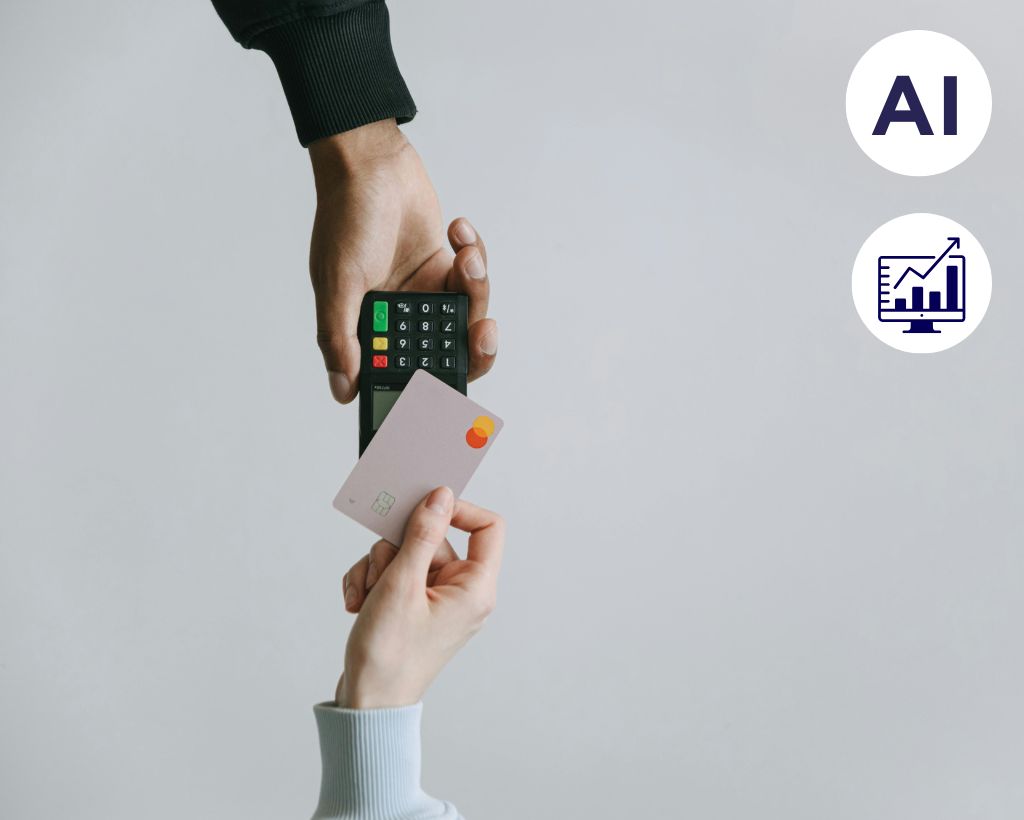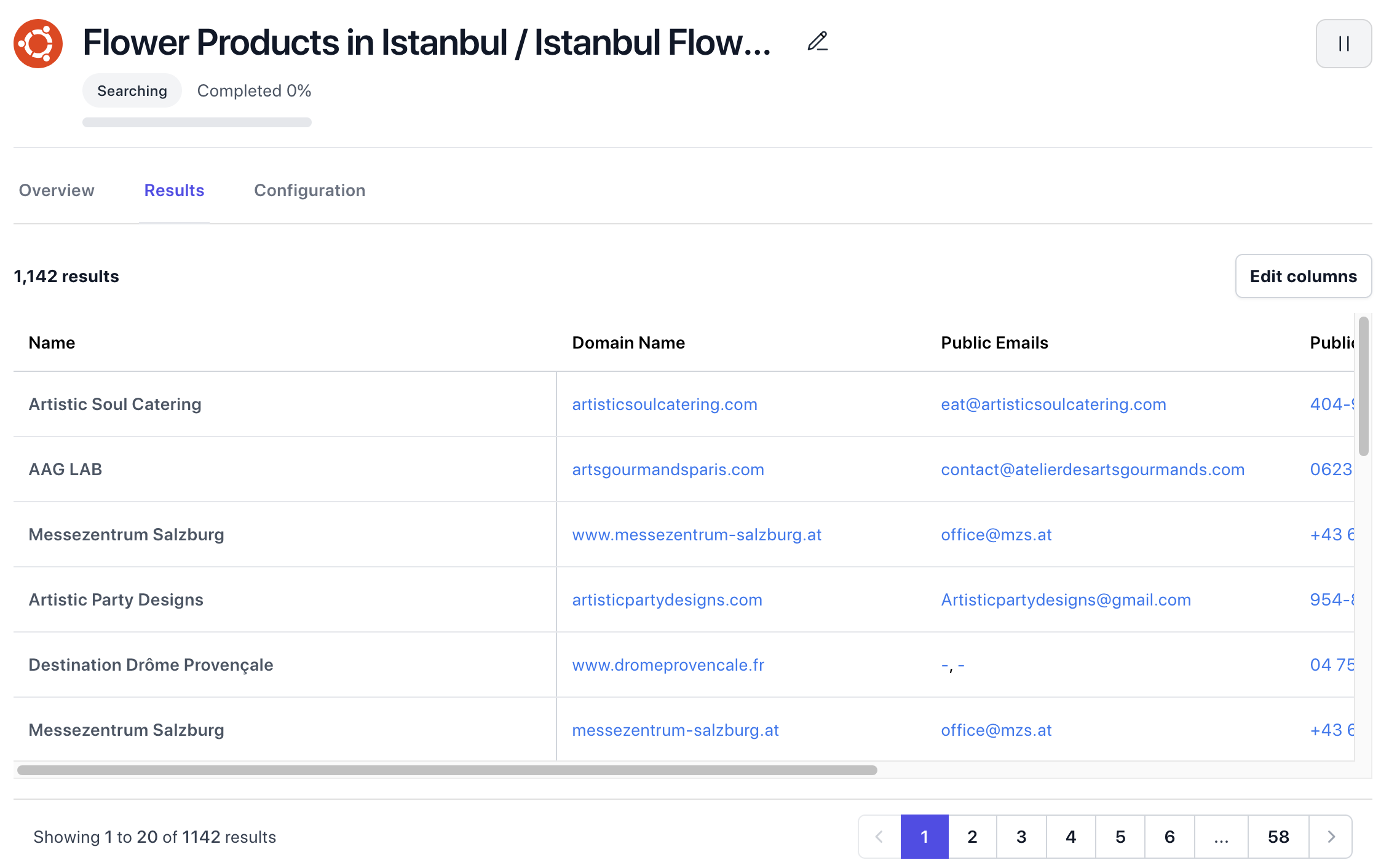
Try PlusClouds Eaglet service and find high quality B2B hot leads and opportunites with AI support.


In the digital age, the success of sales and marketing teams depends on their ability to reach the right people at the right time. Two commonly encountered but often confused concepts in this process are potential customer (lead) and prospect. Both terms describe potential customers; however, they exist at different stages of the sales funnel, and this distinction is crucial for the success of sales strategy.
In this article, we will examine the concepts of lead and prospect in detail, explain the differences between them with examples, share effective methods for managing each, and demonstrate step by step how you can convert these individuals into real customers.
A potential customer is someone who has shown interest in your company's products or services but has a relatively superficial relationship with you. For instance, someone who visits your website and leaves an email address, downloads an e-book, or subscribes to your newsletter is considered a lead.
Features of a Lead:
• Has made initial contact: Has interacted with the company in some way.
• Typically passive: Is gathering information about the company's products or services but has no clear intention to purchase yet.
• Provides limited information: Offers little information beyond name, email, and perhaps company name.
• Is warmed up with marketing: Generally nurtured through email marketing, social media, and content.
At this stage, the goal is to engage the potential customer’s interest and encourage them to provide more information and interact. Building a relationship, not making a sale, is essential.
A prospect is someone who is now in more active communication with you, has a specific need, and has been evaluated for their suitability for your product/service. Prospects are the group that the sales team should focus on more closely because their purchasing potential is higher.
Features of a Prospect:
• Has a defined need: Knows what they are looking for; their questions to you are specific.
• Engages in two-way communication: Responds to you, wants to set up a meeting, requests a quote.
• Has an appropriate budget and timeline: The purchase process has begun or is about to begin.
• Relationship has deepened: Appears in your CRM system with more data.
Prospects sit in the middle and lower parts of the sales funnel. Timing, personalized offers, and effective salesmanship are crucial with these individuals.
The table below will help you understand these two concepts in comparison:
| Criteria | Lead (Potential Customer) | Prospect (Candidate Customer) |
|---|---|---|
| Type of Communication | One-way (typically marketing-driven) | Two-way (sales-driven) |
| Depth of Information | Limited information | Detailed information available |
| Purchasing Intention | Uncertain | Clarified or clarifying |
| Position in Funnel | Top (awareness) | Middle and bottom (evaluation and decision) |
| Management Strategy | Nurturing | Closing |

Lead generation is not only about attracting visitors in the digital age; it's about catching the right person at the right moment. In this regard, LeadOcean is an innovative lead generation tool developed for B2B sales teams. LeadOcean is not just a lead finding tool; it is a data-driven sales engine that manages your entire sales process.
With LeadOcean, you can:
• Create targeted databases: Generate potential customer lists based on criteria such as company size, industry, and location.

• Acquire rich profile data: Conduct detailed analyses before sales with information such as email, social media, title, and technology usage.
• Integrate with CRM: Transfer data directly to the systems used by your sales teams.
• Automated Cold Email Sending: With LeadOcean's integrated cold email module, personalized emails are sent to your target list and responses are tracked on your behalf.
• Prioritize: See which leads are warmer with AI-powered scores.
LeadOcean enables sales teams to access qualified leads without wasting time. For B2B companies, finding leads is now based on data-driven strategies rather than chance. LeadOcean simplifies this process end-to-end.
In short: LeadOcean = More qualified leads with less time.
To convert a potential customer into a prospect, the right methods must be followed. Here are critical steps to pay attention to in this conversion process:
Not every lead is equal. Leads are scored based on criteria such as website visit count, clicked content, and information provided in forms. Those who exceed a certain score are evaluated as possible prospects.
Leads are educated through content such as blog posts, videos, e-books, and guides. This content helps them understand their needs and recognize the solutions you offer.
Timely and relevant information is sent to the potential customer via email automations. For instance, sending an email about the advantages of a product the user reviewed the next day increases conversion chances.
Leads that exceed a certain score are passed to the sales team. The sales representative analyzes the person’s needs through one-on-one discussions and offers solutions.
You must optimize every step to reach decision-makers. If you do not clearly define the difference between a lead and a prospect, your sales team will waste time on individuals who are not yet ready. This leads to a loss of time and costs.
Thanks to the right distinction:
• The sales process shortens: Focusing on ready prospects saves time.
• Efficiency increases: Your sales team focuses on the right people.
• Marketing becomes more effective: Content is personalized according to the stage of the individual.
• Conversion rates rise: Warmed-up prospects who are ready to engage become customers more easily.
Let's say you are selling CRM software. Someone who visits your website provides their email address and downloads the "CRM Guide for Sales Teams." This person is a lead. You send them an email a few days later about how CRM can improve their sales processes.
Then the person responds: "I have a team of 10, can I get information about pricing?" Now this person is a prospect. Because they have defined their need and provided information about their budget and team size. The sales process has begun.
• Use CRM: Invest in CRM systems to effectively track customers.
• Continuously Test: Analyze which content converts a lead into a better prospect.
• Ensure Sales and Marketing Alignment: These two teams should provide data flow to each other.
• Segment: Not every lead is the same. Segment leads based on industry, interests, and behaviors.
The distinction between lead and prospect forms the backbone of the sales process. Reaching the right person with the right content at the right time is only possible by clearly differentiating these two terms. You should develop an effective strategy to gradually convert your potential customers into prospects and then into loyal customers, and educate your sales and marketing teams on this distinction.
Remember: Every lead is not a prospect. But every prospect was once a lead. Every lead managed through the correct process has the potential to turn into profit.